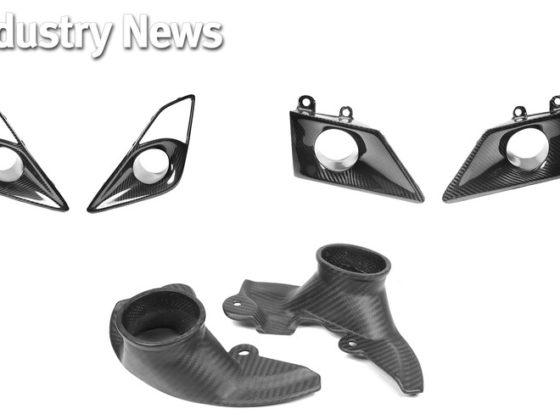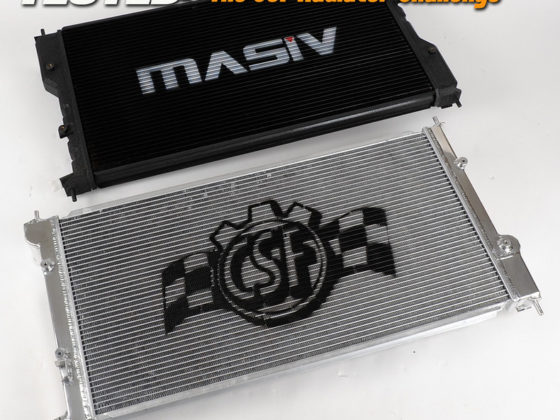,
 Ideally, the weather should be mild and sunny, with no passing clouds to change the surface temperature of the track.
Ideally, the weather should be mild and sunny, with no passing clouds to change the surface temperature of the track. Weather is a major variable and unless you’re planning on testing rain tires, your best bet is to aim for dry, consistent and temperate. That means between 60 and 80 degrees and either sunny or fully cloudy with temperatures swinging less than ten degrees during the course of your testing. Partly cloudy can lead to pavement temperature variations that will affect your results. It helps to take notes about weather conditions, temperature and start time for each tire, as it can help your after test analysis for results.
 Just like in a laboratory, good note taking is a must.
Just like in a laboratory, good note taking is a must. Track surface is especially important and for a variety of reasons. Asphalt can have more or less grip than concrete. Both types of pavement surfaces can change friction depending on how much rubber there is on the line. With each passing lap, little bits of those tires you’re testing gets deposited, allowing for more grip in that area. That said, some asphalt tracks will lose grip if the temperatures go up as all that laid-down rubber becomes greasy with heat.
 Tire pressures are important to keep track of during tire testing. Keep them consistent!
Tire pressures are important to keep track of during tire testing. Keep them consistent! Tire pressures should be determined and maintained during the course of testing. For autocross use, this typically means resetting them after each run to a preset level. For track testing, you start at a lower PSI and allow the pressures to rise with internal temperatures to a desired point.
Many people want to fiddle with something during a tire test, such as psi. According to hotshoe Woody Rogers, that’s OK, as long as you make the same steps, number of steps, and take the same basic amount of time on each set as you go. If you take a few runs on one tire and lots on another as you try different pressures, you’ve added a confounding variable. “I like to use a reference psi for everything, and them come back with the two most promising tires and do a full pressure analysis with both, using a skidpad circle to find the optimum PSI (for cornering). But care must be taken to not put too many runs or wear on the tires before you start subsequent circuit testing.”
 Resist the urge to change variables, like a rear anti-roll bar, during the actual test. It will only confuse you and make the data less valid.
Resist the urge to change variables, like a rear anti-roll bar, during the actual test. It will only confuse you and make the data less valid. Finally, when you’re all wrapped up, take the data from each driver and average the lap times for each tire. The fast times are for bragging rights, but mean times give you a better indicator of future performance. You might be surprised by how little variation there is between modern performance tires—they are all quite good—but a small margin of victory is still a win. That’s where that careful testing comes into play, as fewer confounding variables will allow you to trust those small differences in lap times.



